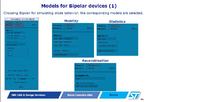dauszico11
Newbie level 1

hi, can someone teach me the silvaco soure code for NBTI for high-k device. im really need it. thanks
Follow along with the video below to see how to install our site as a web app on your home screen.
Note: This feature may not be available in some browsers.

















